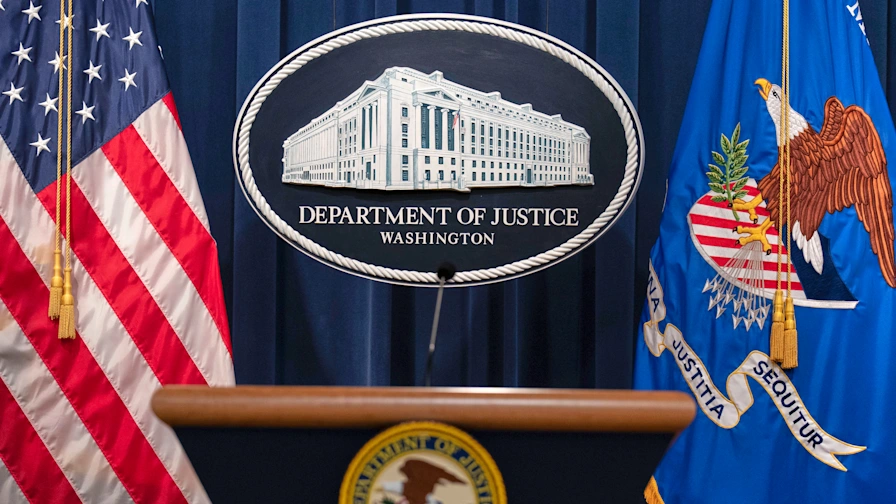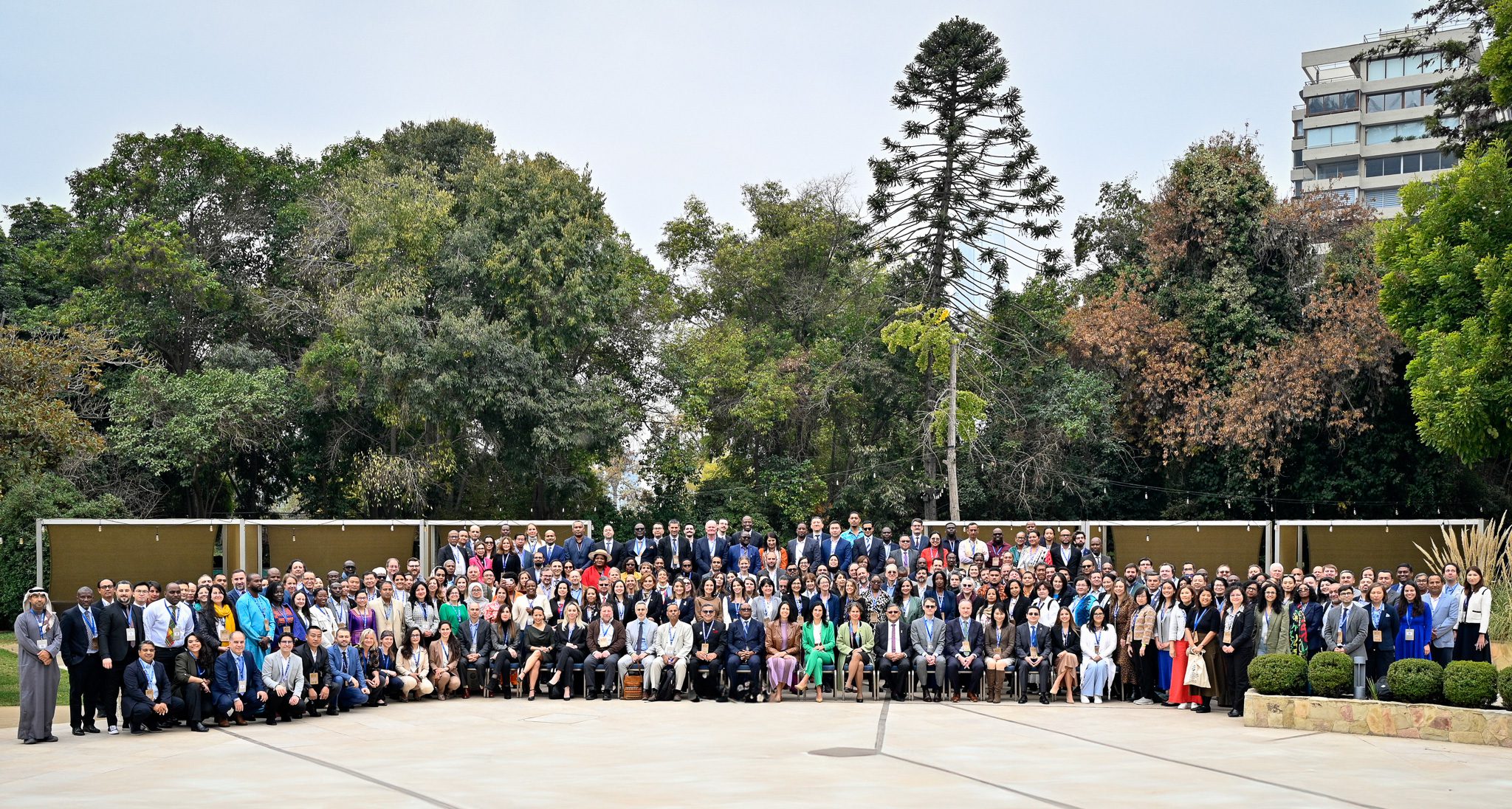Key Impact Points:
- Comprehensive Assessment: Bloomberg’s new tool evaluates nature-related impacts for up to 45,000 companies, integrating biodiversity and financial data.
- Critical Insights: Features include biodiversity indicators, water stress analysis, and deforestation risk, aiding investors in making informed decisions.
- Economic Imperative: Nearly $1 trillion annually is needed by 2030 to manage biodiversity sustainably, highlighting the financial stakes of nature loss.
Introduction of the New Tool
On the eve of Nature COP 16, Bloomberg unveiled a groundbreaking tool designed to help investors assess their exposure to nature and biodiversity-related risks. This offering combines Bloomberg’s extensive data with leading sources of nature and biodiversity information.
Key Features of the Tool
The tool provides a comprehensive assessment of nature-related impacts and dependencies across a company and its value chain for up to 45,000 companies. It leverages a broad set of company-reported data, including biodiversity indicators based on the Natural History Museum’s Biodiversity Intactness Index (BII), water stress analysis from the World Resources Institute, and deforestation risk assessments.
Christian O’Dwyer, Nature Solutions Product Manager at Bloomberg, stated, “The dependency of societies and economies on nature is widely recognized, but evaluating the nature-related risks of companies is complex and cannot be reduced to a single metric.”
Change the World - Subscribe Now
Insights for Investors
Available on the Bloomberg Terminal and via Data License, the tool combines trusted datasets on company revenue, supply chains, and asset locations with nature-related geospatial data. Key insights include:
- Percentage of revenue in high nature-risk sectors.
- Involvement in commodities linked to deforestation.
- Exposure to areas with water stress.
- Management practices related to pollution, waste, and water.

Economic Context
According to BloombergNEF, nearly $1 trillion in annual financing will be necessary by 2030 to sustainably manage biodiversity. This figure is dwarfed by the World Bank’s estimate that biodiversity loss could lead to a $2.7 trillion decline in global GDP annually by the same year.
Supporting Nature-Aware Decisions
The tool helps investors answer critical questions regarding nature-related risks, including:
- Is nature and biodiversity financially material to a company?
- How exposed is the company to high-risk ecosystem areas?
- Does the company have effective governance structures for nature-related issues?
- Are there nature-related opportunities for the company?
Related Article: 5 Urgent Actions to Halt Biodiversity Loss at COP 16












